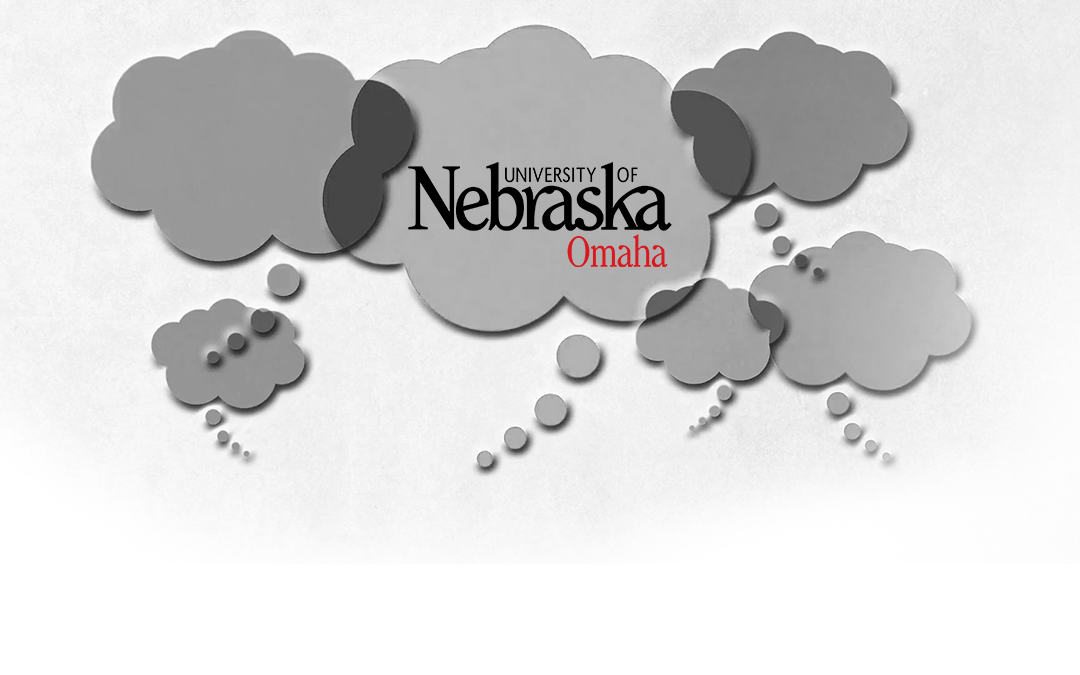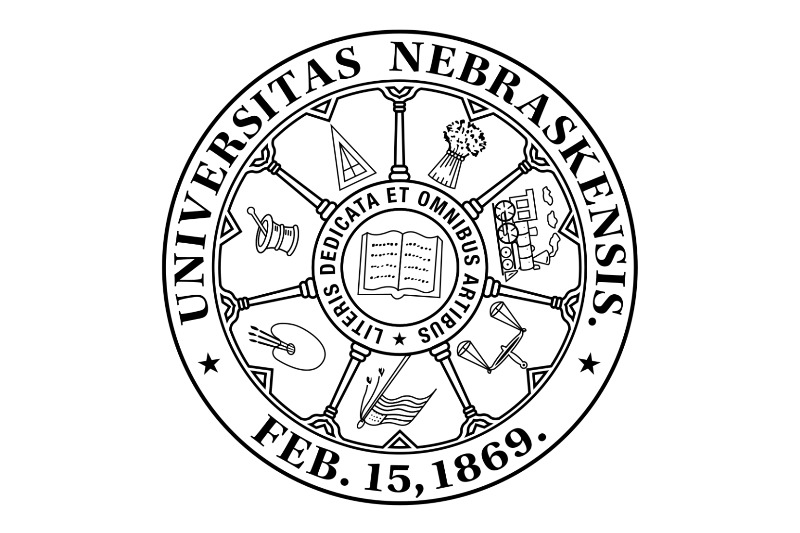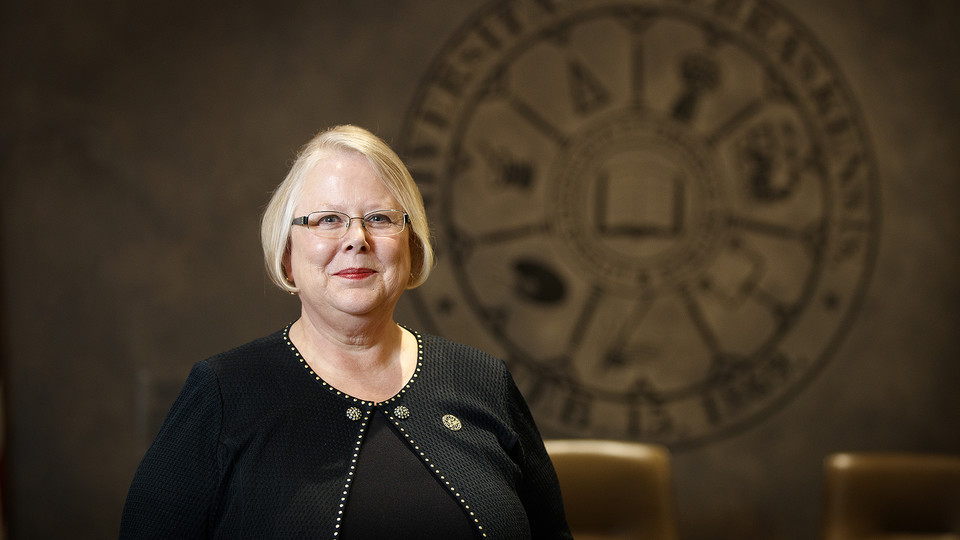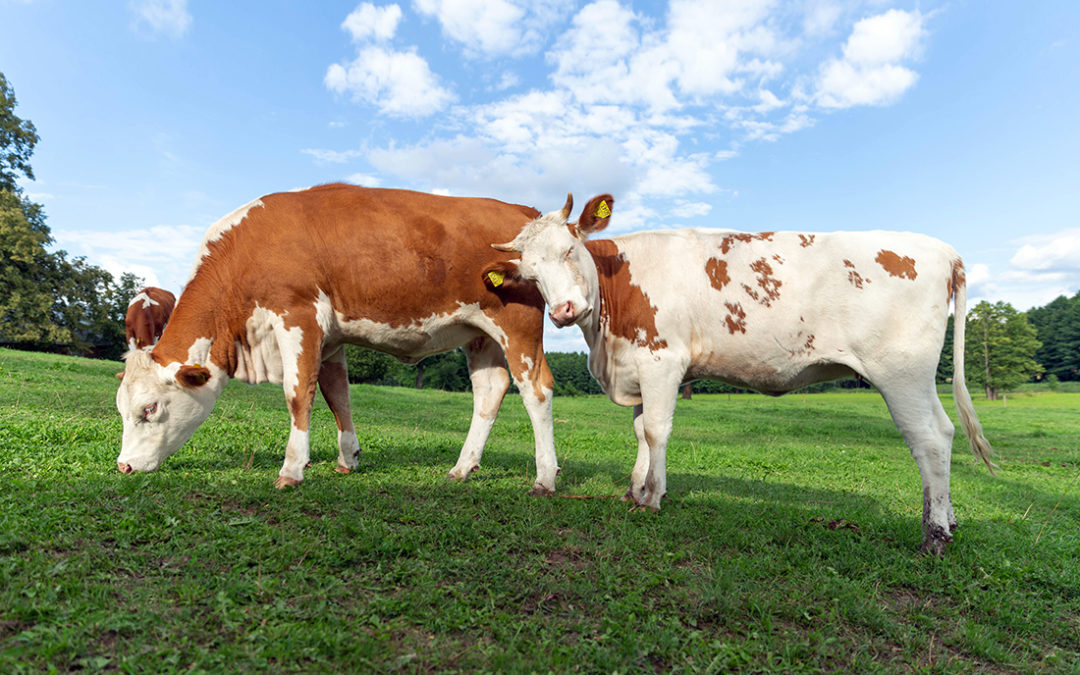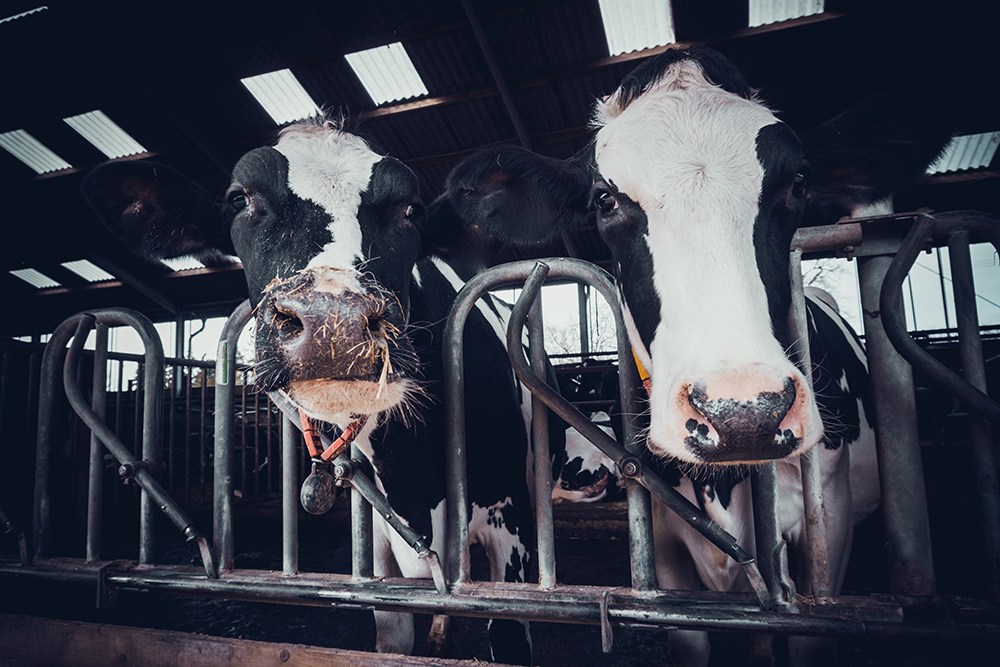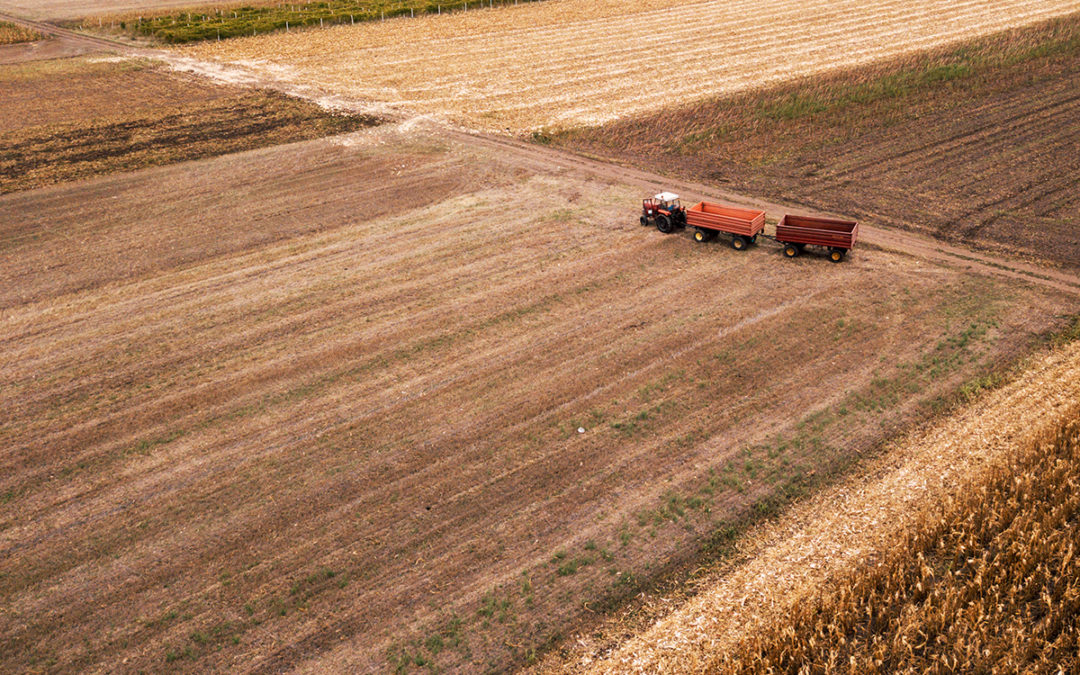
Conversation Goes Both Ways
Conversation Goes Both Ways
If you are reading this it means we are off to a good start. It means we are beginning to develop a channel to inform each other. Okay, yes, I have the benefit of this website and this blog, but I want to make clear that while I share with you the amazing things I am discovering about the University of Nebraska and life as a Regent, I want this to be a two-way street. Your voice, your opinion, your thoughts matter to me. Let’s get to talking!
If you haven’t noticed, I’ve been a little preoccupied lately with the Presidential Advisory Search Committee. While it is a bit of a mouthful (is it time for an acronym?) it is also affording me the opportunity to learn all sorts of fascinating things.
The variety of people, experience and perspectives is surfacing whole aspects of Regent work for which I am finding a new and deep appreciation.
As usual, I also have a ton of questions.
As we seek feedback from all the different groups both inside and outside the university who have a stake in who becomes our next University of Nebraska President – which is just about everyone, really – we have twenty-three pairs of eyes laser focused on the issue.
There are a lot of qualities we are hoping for in our next President. There’s a real opportunity here to bring something special and necessary to the University of Nebraska and the community at large. Some aspects (like fairness) we can all readily agree on. Some aspects are more complicated, and require a fair amount of conversation, thanks to diverse points of view.
I’ve been grateful for the chance to get to know the different committee members because it has provided a window into the culture and priorities of our different campuses and community members.
Plus, I always relish the opportunity to hear what people outside our system are thinking. There it is, your not-so-subtle hint!
We will be following the public reactions to the search advisory work in order to help guide our decisions. I am excited to read candidate applications (it could be up to sixty, some speed reading might be required).
And I know I speak for all the Regents when I say that we really want to hear from you.
What are your ideas about where we are headed and who we need to lead us? Let’s talk.
*Barbara’s thoughts as written by Kate based on weekly (fascinating) conversations.


